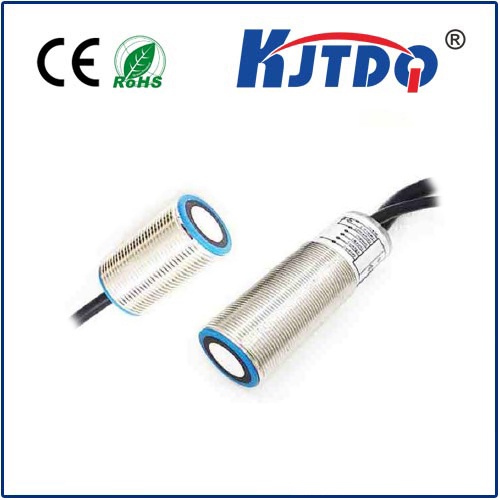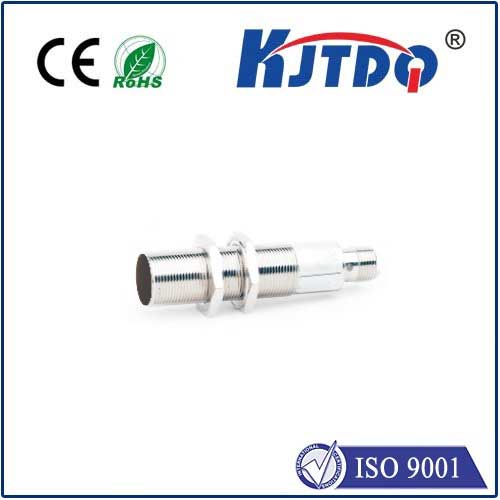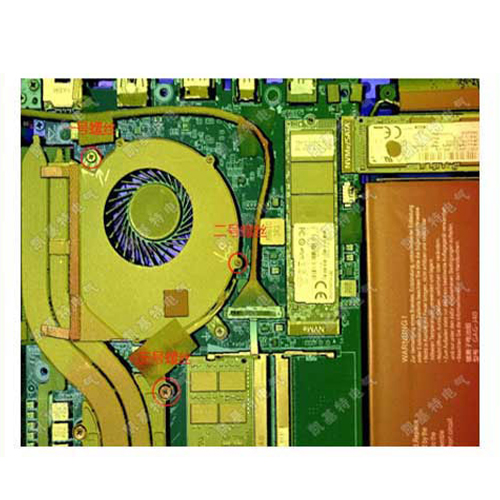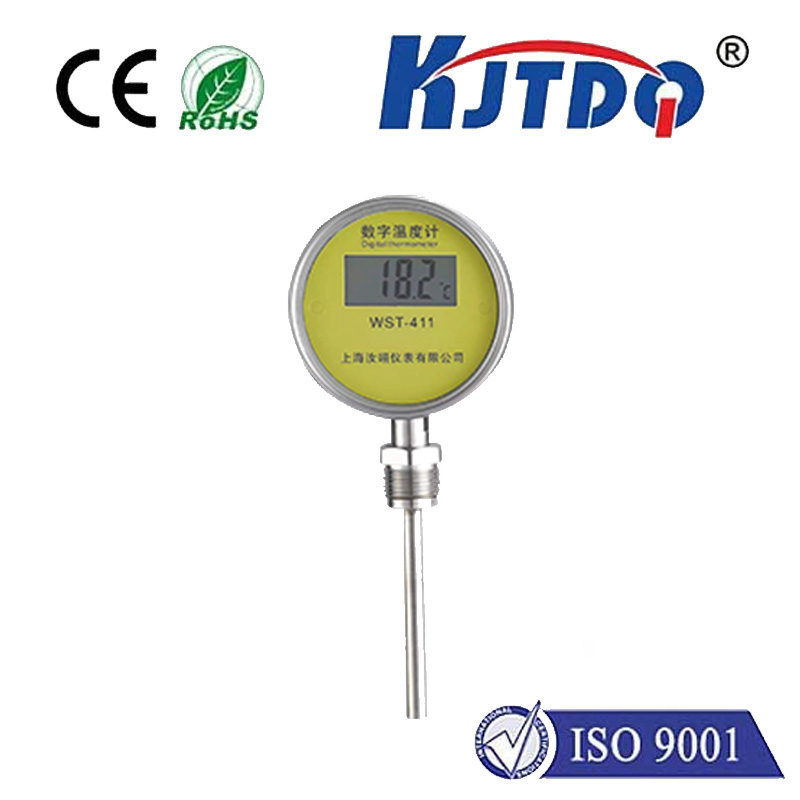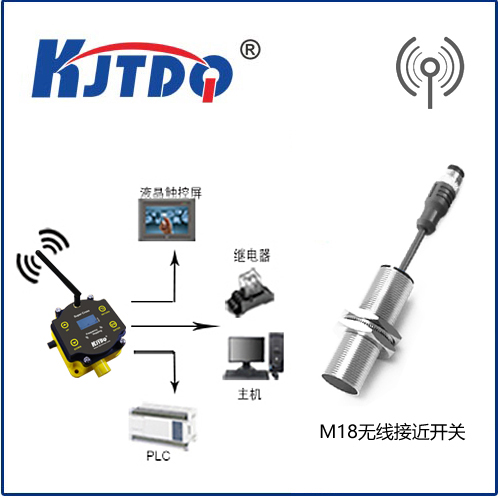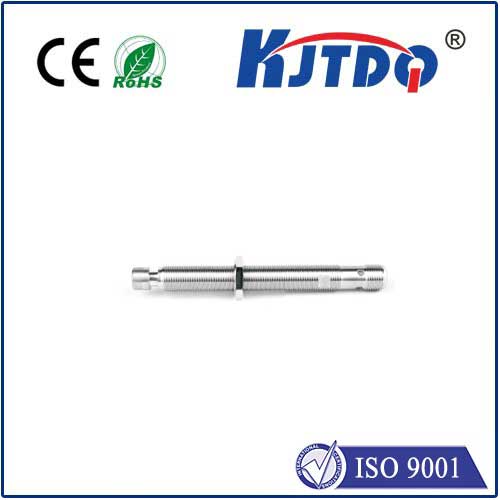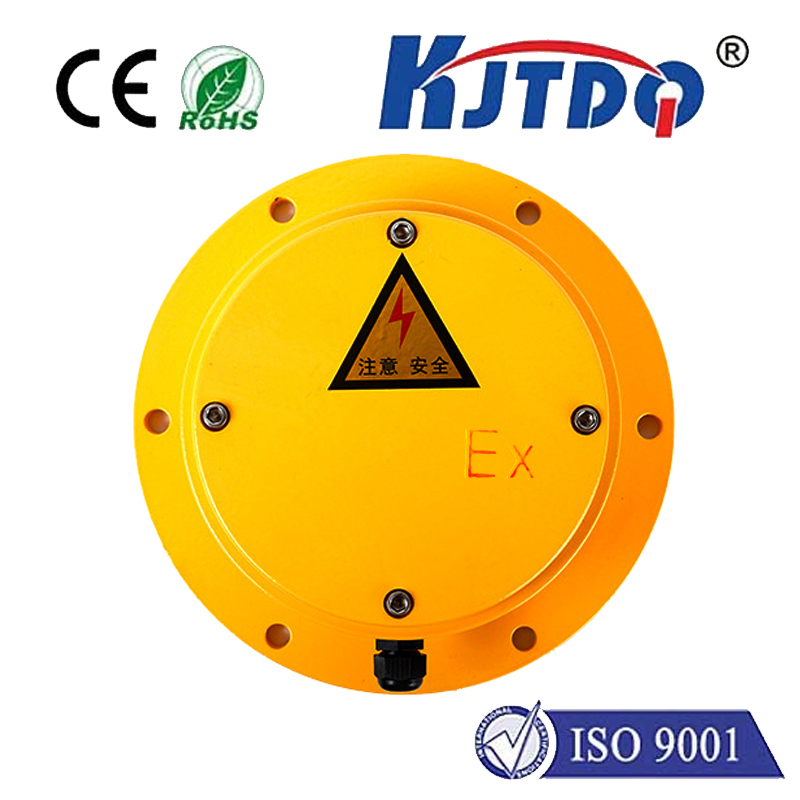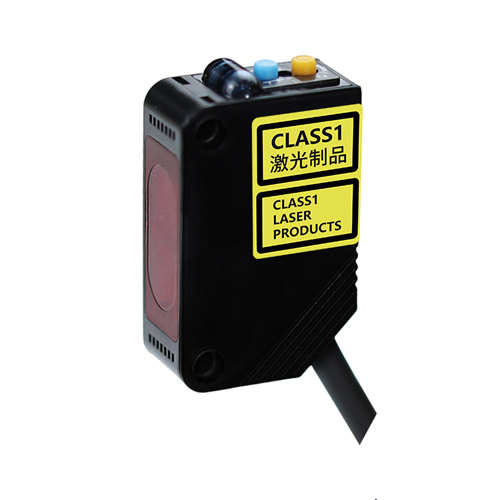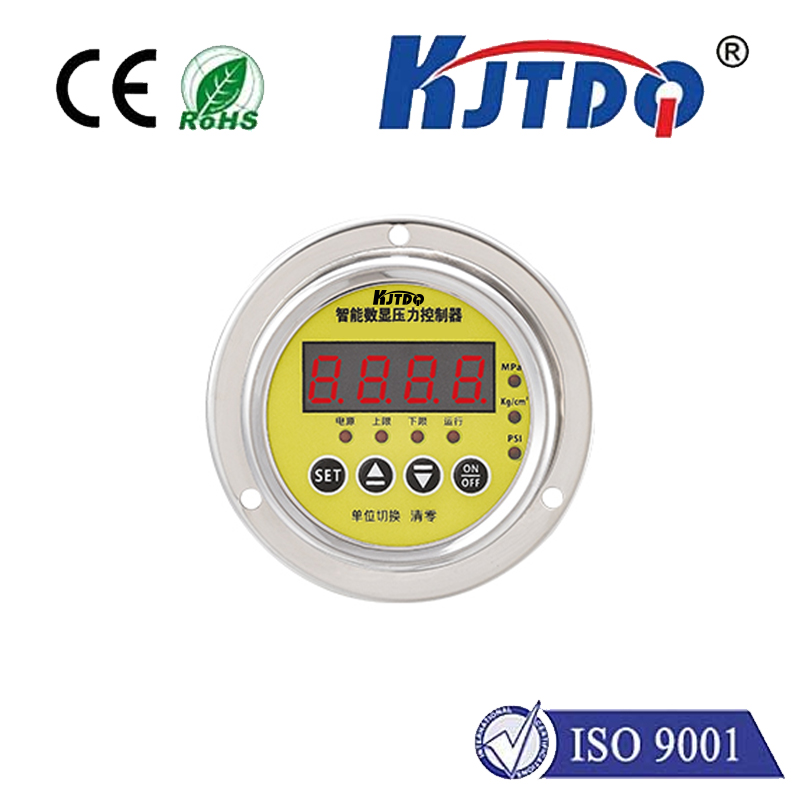Picture a thriving greenhouse where every plant seems to pulse with vitality, its leaves lush and roots robust—all without a human hand constantly adjusting the environment. This isn’t science fiction; it’s the reality enabled by Vapor Pressure Deficit (VPD) sensors. These unsung heroes of modern agriculture silently monitor the delicate balance between air moisture and temperature, transforming how we grow crops. In industries like precision farming and controlled-environment agriculture, VPD sensors aren’t just tools; they’re game-changers for boosting efficiency, reducing waste, and driving sustainability. As climate concerns escalate and food demands soar, understanding this technology is key to unlocking unprecedented yields—let’s dive into what VPD sensors are, how they work, and why they’re revolutionizing our approach to cultivation.
At its core, Vapor Pressure Deficit (VPD) is a scientific measure that quantifies the “thirst” of the air. It calculates the gap between the current vapor pressure in the atmosphere and the maximum it can hold at a given temperature. Simply put, VPD reflects how easily plants can lose water through transpiration. For instance, a high VPD means the air is dry and “pulls” moisture from plants aggressively, potentially stressing them and stunting growth, while a low VPD indicates humid conditions that may limit water loss but risk fungal diseases. This metric outperforms basic humidity readings by incorporating temperature dynamics, offering a more holistic view of environmental conditions. That’s where VPD sensors shine—they’re specialized devices designed to capture real-time data on temperature and relative humidity, then compute VPD using algorithms. This gives growers actionable insights for fine-tuning irrigation and climate control.

So, how do these sensors actually function? A typical VPD sensor integrates components like thermistors for temperature detection and capacitive elements for humidity measurement. The magic happens through a simple yet powerful formula: VPD = Saturated Vapor Pressure (SVP) - Actual Vapor Pressure (AVP). SVP is derived from temperature readings via established models, such as the Tetens equation, while AVP is calculated from humidity data. For example, if the sensor registers 25°C and 60% relative humidity, it first determines SVP at that temperature (about 3.17 kPa), then AVP (60% of SVP), and finally VPD as the difference. This process occurs constantly, with sensors transmitting data wirelessly to cloud-based platforms for analysis. Modern iterations, like those used in smart greenhouses, feature IoT connectivity that allows automated adjustments—say, triggering misters when VPD spikes to prevent crop dehydration. Such innovations make VPD sensors essential for maintaining an optimal range (usually 0.8-1.2 kPa for many crops), which varies by plant species and growth stage.
The applications of VPD sensors span far beyond niche research; they’re the backbone of sustainable agriculture. In large-scale farming, these devices enable precision irrigation by predicting water needs, slashing resource consumption by up to 30%. Vertical farms and hydroponic systems rely heavily on VPD sensors to create uniform microclimates, ensuring consistent yields year-round without weather dependency. Beyond food production, sectors like forestry and cultivation use them to monitor sapling health or optimize flowering phases. Climate-controlled greenhouses leverage VPD data to mitigate pest outbreaks and disease, boosting profitability while adhering to eco-friendly practices. This versatility stems from the sensor’s ability to provide real-time diagnostics—farmers can detect subtle shifts, like a rising VPD signaling drought stress, and intervene proactively. As a result, VPD sensors are becoming standard in agrotech, driving a shift toward data-driven farming that maximizes output with minimal environmental impact.
Why emphasize these sensors over traditional methods? Their high-precision capabilities address critical challenges in agriculture, such as water scarcity and climate unpredictability. Unlike standalone humidity monitors, VPD sensors account for temperature interactions, avoiding false alarms—e.g., a humid day might still have high VPD if temperatures soar, demanding urgent action. This reduces errors in decisions like irrigation scheduling, preventing over-watering that wastes resources or under-watering that harms crops. Additionally, advancements in sensor technology have made them more affordable and durable, with long battery lives and resistance to dust or moisture. For farmers, integrating VPD sensors into systems like automated HVAC units leads to healthier plants and higher yields. As global food demands rise, these benefits translate into economic savings and sustainability wins—imagine cutting water use while increasing harvests by 20%. Yet, successful adoption hinges on proper selection: choosing sensors with high accuracy (±0.1 kPa), robust connectivity, and compatibility with farm management software ensures seamless operation.
In essence, VPD sensors represent a leap forward in how we nurture our planet’s vegetation. Their data-driven insights empower growers to achieve unprecedented efficiency—think of vineyards using VPD trends to perfect grape quality or urban farms producing fresh greens with zero runoff. This technology isn’t just about gadgets; it’s about building resilient food systems for a changing world.
